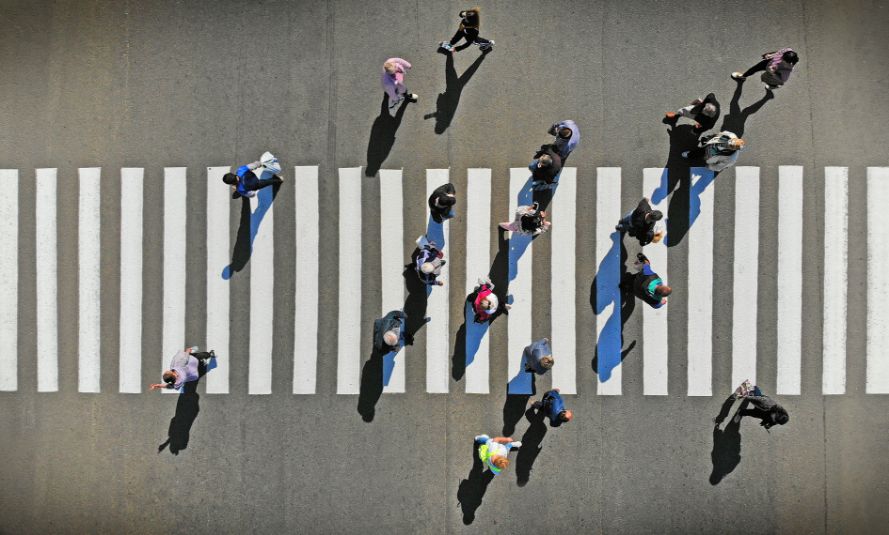
What does this indicator mean?
The degree to which a place has a variety of different destinations and daily needs within walking distance and provides safe and accessible walking, rolling, and moving to those destinations. Walkable places are generally good for residents, businesses, and local economic development.

How is this indicator useful for creating and measuring activity-friendly places?
- To determine which areas may benefit from increasing the variety of destinations (what planners call the mix of land uses) to offer more walkable/rollable access to daily needs, services, employment, and recreation.
- To prioritize areas for investments in sidewalks or paths to everyday destinations and services (e.g., grocery stores, parks, and health care providers).

What would help the most people benefit from this indicator?
- Conduct walking/movability audits with community members and leaders in neighborhoods with high concerns for safety to identify what can make walking/rolling easier and safer for residents.
- Identify specific development/redevelopment goals for neighborhoods and districts, to provide more essential needs (e.g., grocery, pharmacy, hardware); schools; services; health care; and recreational resources within walking/rolling distance.
- Implement practices and policies to ensure current residents and businesses can afford to remain in neighborhoods that are undergoing walkability improvements.

